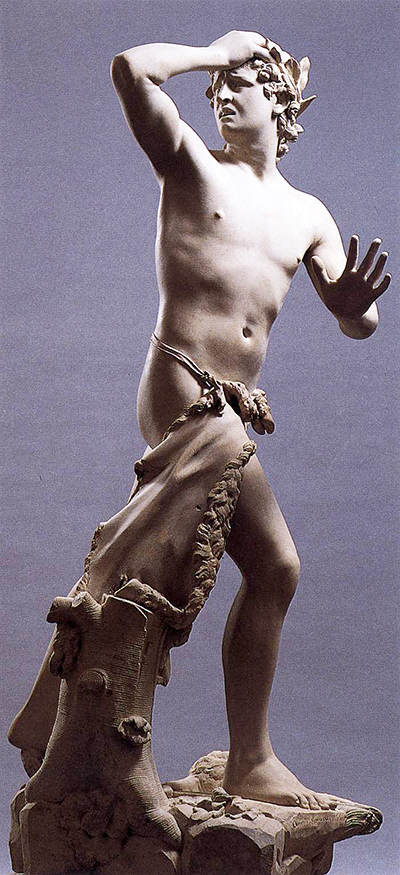The sculpture Orpheus was made in 1777 in Italy. It has a dimension of about 140 cm and is made from marble. The piece is an exemplify work of the late Rococo style. The subject came from the Ancient legend of Eurydice, the wife of singer Orpheus was succumbed to a snake bite.
Her death devastated Orpheus so much that he resolved to bring her back from the land of the dead by enticing to go and charm god Hades, with his music The legend has it that Orpheus was very successful and was allowed by Hades to take his wife back home with him, on the condition that he should not look at her along the way. However, Orpheus could not resist the temptation of looking at his wife but unfortunately, this leads to him losing her forever Canova's work is based at this very moment at which, feeling that Eurydice's soul is slipping away, Orpheus slaps his head in despair and outmost frustrations. In that dramatic state, he had dropped his lyre and was trampling it under his feet.
The sculpture captured that very moment of despair and clearly shows the tension and dynamism, the mood of sadness and pain, regret and helplessness. These dramatic subjects, very agonizing expressions, and twisting forms attribute to the Baroque theatrics. The surface of the sculptor is to an extent concave which depicts external pressure, inner insubstantiality and possible collapse. The orientation of the sculptor shows a dynamic pose in which the body twists, and the pose of the figure was well calculated and created with respect to the cardinal planes, namely the axiality or anatomical movement, principle of frontality and the chiastic stance which involve the weight of the body rests mainly on one leg which is a common characteristic of Greek figurative sculptures.
Antonio Canova's work was greatly influenced by his grandfather, Pasino Canovas, who was a sculptor specializing in Baroque style. His apprentice years also impacted his work under Giuseppe Bernardi and later afterward under the tutelage of Giovanni Ferrari, he was able to grasp some skills that he implemented in his work. His work inspired in Fishers Drawing Room Scrap Book in 1834, which appeared as engravings and poetical illustrations by Elizabeth Landon The Dancing Girl and Hebe. His other notable work includes the tomb of Clement XIII, Monument to Pius VI, Psyche Revived by Cupid's Kiss, Theseus Fighting the Centaur and Napoleon as Mars the Peacemaker.




